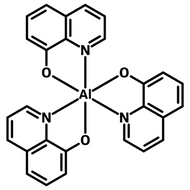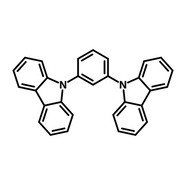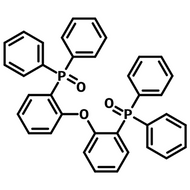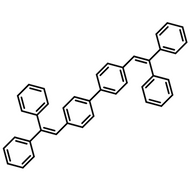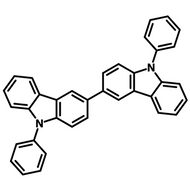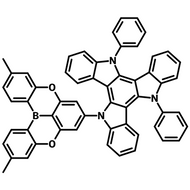Fluorescent Host Materials

Host materials play a critical role in the performance of fluorescent organic light-emitting diodes (OLEDs), serving as a medium to transfer energy efficiently to the dopant (emissive material). They are considered the first-generation OLED materials and are defined by their fluorescent recombination mechanism. These materials are designed to maximize device efficiency, stability, and color purity while minimizing energy losses.
The key characteristics of fluorescent host materials include:
Fluorescent host materials are typically low cost and stable, but aren't as efficient as later generations of OLED materials. First-generation fluorescent emitters can only support radiative emission through singlet-singlet emissions.
Explore our high purity fluorescent host materials for stable and long lifetime OLED devices.
Jump to: Browse all Fluorescent Host Materials | Resources and Support
Browse all Fluorescent Host Materials
Related categories: Charge transport layer materials, Dopant materials, Host materials, TADF materials, OLED materials
Filter by purification technique:
Resources and Support
Fluorescence and phosphorescence are types of photoluminescence. Photoluminescence refers to radiative emissions where the absorbance of a photon is followed by the emission of a lower energy photon.
Read more... What is a fluorophore?
What is a fluorophore?
A fluorophore is a chemical compound that is fluorescent, meaning it emits strong glowing colors. There are three key groups of chemical compounds that can fluoresce:
Read more...

